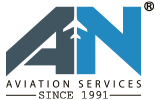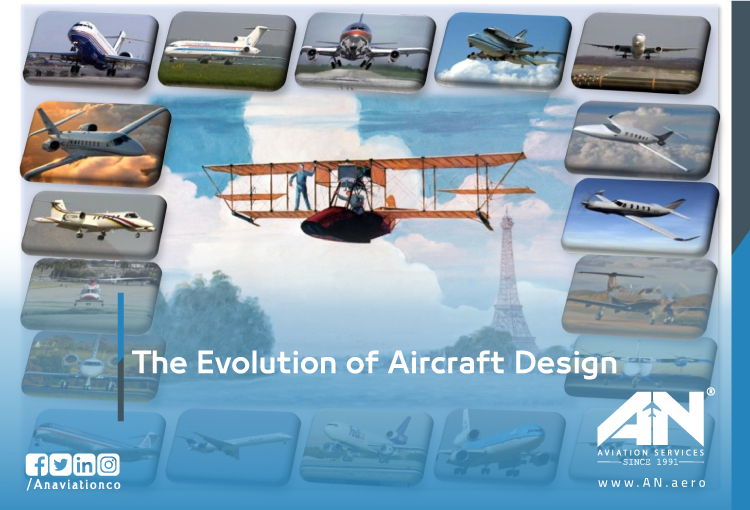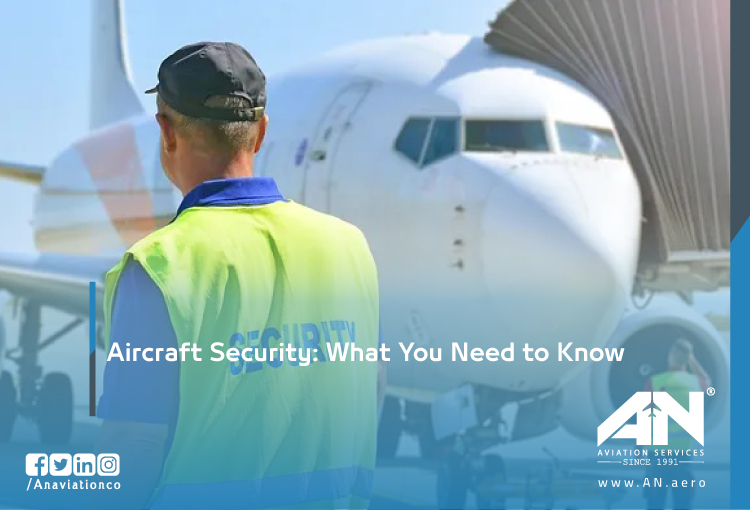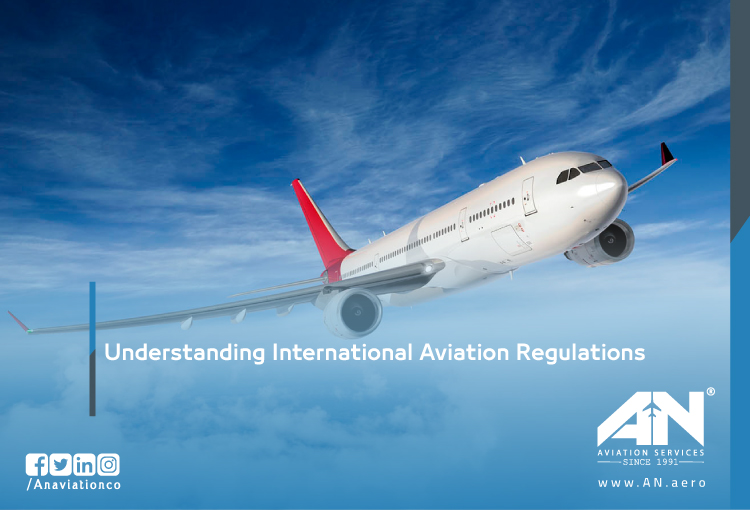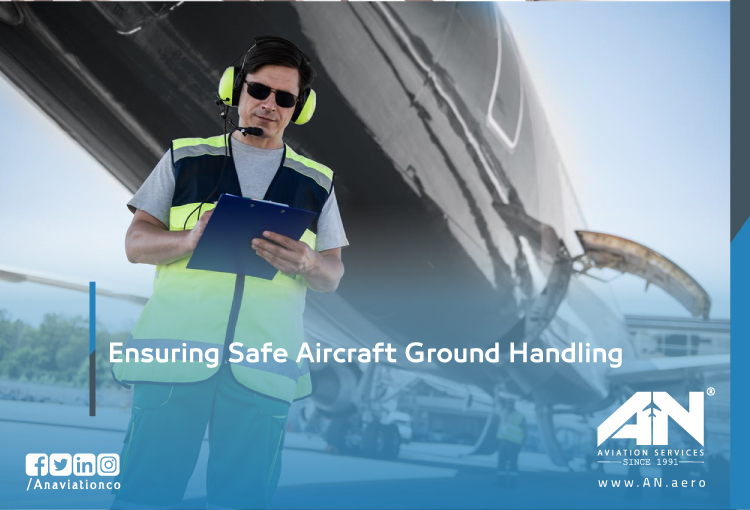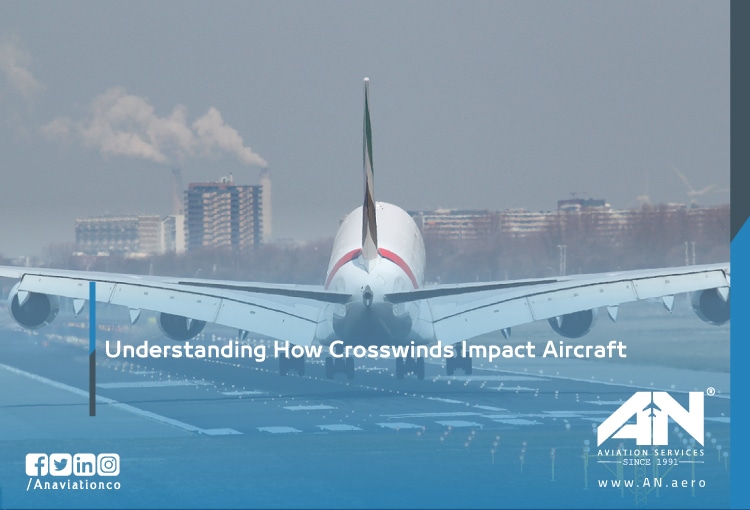Aircraft design is a complex process that combines various engineering disciplines to create an efficient and safe flying machine.
The aviation industry internationally follows strictly defined security protocols designed to reduce threats and ensure safe travel.
The aviation industry plays a pivotal role in connecting people and goods across the globe, fostering economic growth, and facilitating international trade.
Traveling alone on commercial flights can be a significant experience for unaccompanied minors. Flying unaccompanied can be a daunting experience for children and their parents or guardians.
VIP lounges at airports provide a sanctuary of comfort and exclusivity for travelers seeking respite from the hustle and bustle of terminals.
Aircraft ground handling is a critical operational phase in the aviation industry, encompassing a diverse range of essential services performed on the ground to ensure the safe and efficient movement of aircraft.
Private jet catering is the specialized service of providing food and beverages to passengers aboard private aircraft.
Winds play a significant role in aviation, influencing every aspect of flight from takeoff to landing. Understanding the impact of winds on airplanes is crucial for pilots to ensure safe and efficient operations.
